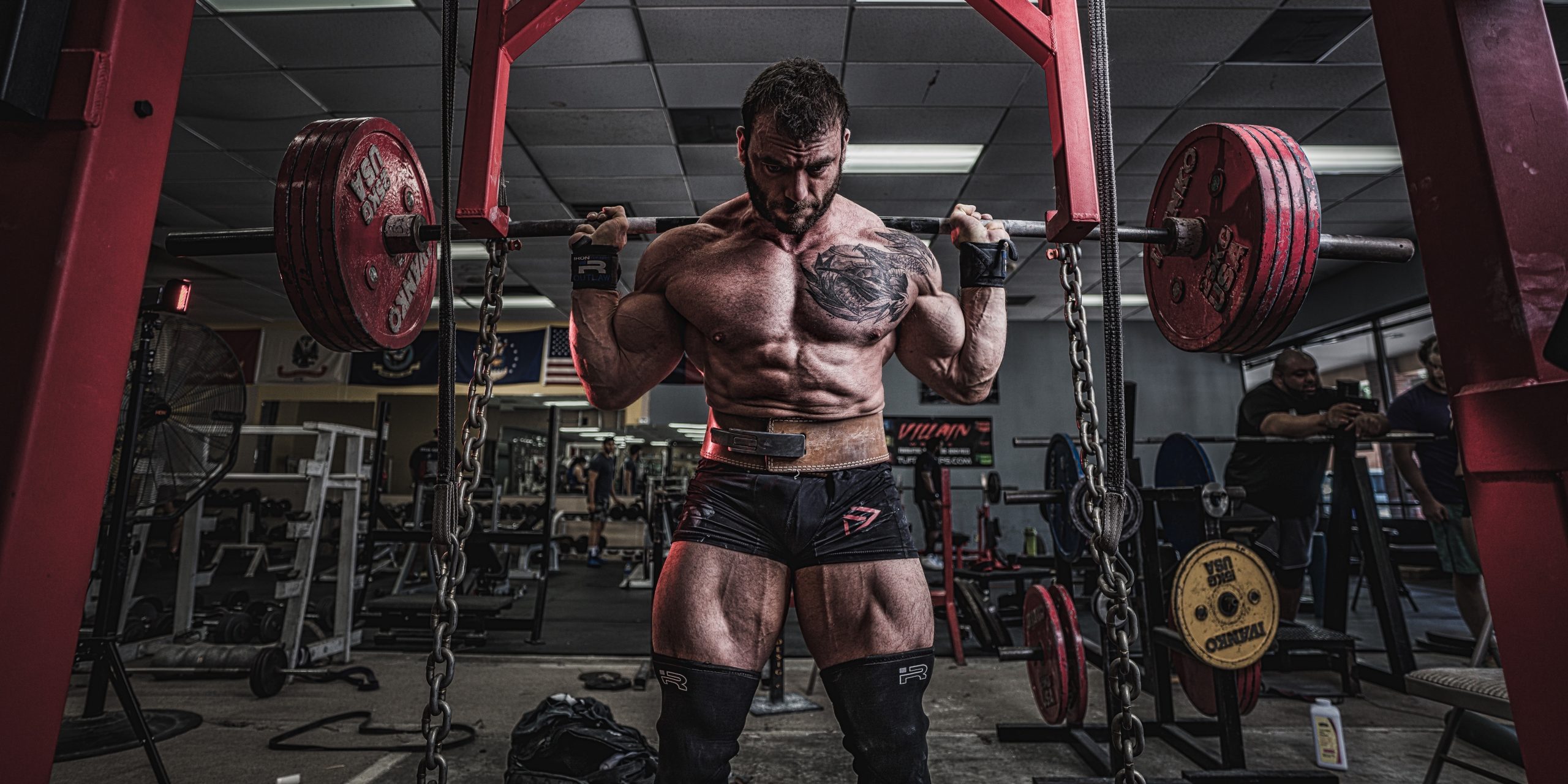
Over the course of this week I will be sharing a series of Instagram posts explaining the improvements I’ve made to my squat over the past decade(!). As you can see, my squat started out pretty damned awful:
Yeah, I’m moving a decent amount of weight, but that’s the only “decent” thing to be said for this set. My technique is not only inefficient – it’s unsafe. Contrast that with a more recent set:
As you can see, they’re vastly different – but without understanding why they’re different, the comparison isn’t very useful. So let’s break it down.
Step 1: Maintaining my Torso Angle
The most obvious problem, to me, is the excessive amount of forward lean I’m demonstrating in the old video. As I descend, my torso becomes nearly parallel to the floor. That wasn’t intentional, but because my lower back is naturally strong, it felt “comfortable” to rely on it to do the majority of the work in lifting the weight.
Obviously, there are some issues with this, besides the undue strain I’m placing on my vertebrate. I’m not hitting depth (or even close to it), I’m not able to keep the bar positioning on my back correctly for even a single rep, and – perhaps worst of all – I was not able to progress. I hovered in the 500-ish range for years because of my poor technique.
The common cue to address falling forward in the squat is “chest up,” but that never resonated with me. As you can see, my chest was up – the rest of me was not.
Instead, I needed to focus on keeping my elbows down. Your torso angle tends to follow your arm position, so when you have your elbows pointed back, perpendicular to the floor, your torso is likely to end up in a similar position. Pushing the elbows down helps to stay upright, keeping the hips closer to the bar and allowing the hips and legs to contribute more to finishing the lift.
Unfortunately, getting the elbows in that position requires a lot of shoulder mobility, and I’m sorely lacking in this area. So, I use a talon grip to work around that, as shown in this video:
Moving Forward
A few caveats here:
- This strategy will not necessarily work for everyone, although I do believe it will work for most people. Some who are severely lacking in mobility will not be able to point their elbows down even using a talon grip. Others will lack the shoulder mass necessary to hold the bar in position with elbows down. Finally, there are lifters who may well get better hip drive with the elbows pointed back. However, I believe they are all exceptions to the general rule of thumb.
- Elbows down alone is not enough to maintain a strong position during the descent. Proper bracing is also required; I’ll tackle that one tomorrow!








